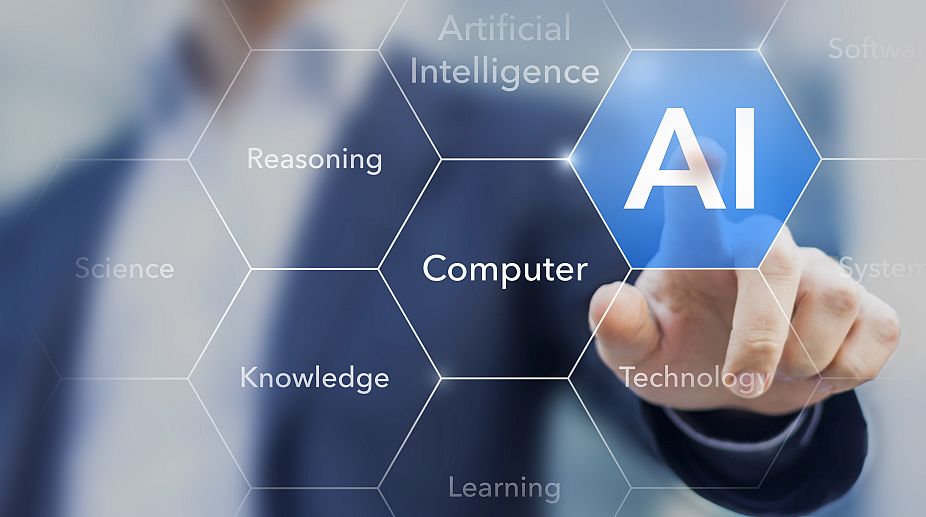I n recent years, new definitions of intelligence have gained acceptance, and have drastically enhanced the appraisal of human competencies. Multiple Intelligences is a fine example of such emerging theories that are currently in the promising phases of altering academia. Undoubtedly, in the coming decades, education and learning will be far changed, becoming more constructive and immersive than it is today.
Developed by Howard Gardner, Multiple Intelligences regards intellectual ability more broadly. It brings to light eight human intelligences, rather than the two intelligences of verbal-linguistic and logical-mathematical intelligences, which have largely dominated traditional pedagogies. They are visual-spatial, musical, naturalist, bodily-kinesthetic, mathematical-logical, interpersonal, intrapersonal and verbal-linguistic.
Consequently, activities such as listening to music, composing, or drawing can be a vital door to learning, just as important as mathematics and writing. Studies reveal that many students who perform poorly on traditional tests can be more attuned to learning when artistic, athletic, and musical elements are incorporated in the classroom experience.
Hence, if we can develop ways to teach and learn by engaging all eight intelligences, we will increase the possibilities for student’s success in effective learning. A more balanced curriculum that incorporates self-awareness, arts, communication, and physical education will be useful to leverage the intelligences a student may have.
One of the most remarkable features of this theory is how it engages students and teachers with potential pathways to learning. It helps teachers to overcome difficulties when reaching out to a student using traditional linguistic or logical ways of instruction. The alternative ways of pursuing any subject of interest can positively facilitate effective learning.
Focusing on Multiple Intelligences will provide opportunities for authentic learning based on their interests, needs and talents. As there is more emphasis on the process of learning, rather than teaching, students become more active, involved learners. They are constantly being challenged and frequently exercise their creativity, and this enhances their intellectual capabilities.
They begin to understand themselves better as individuals, which leads to increased selfesteem. When you “teach for understanding,” students gain positive educational experiences and the capability for creating solutions to problems in real life.
The two most important things that have influenced to bring fruition in the classroom is the methodology of Multiple Intelligences and brain-based learning. This new paradigm has emerged based on neuroscience. Eric Jenson author of Brain Compatible Learning and Brain Compatible Strategies says “Learning how we learn will help us all get smarter in life.”
Due to the emergence of technology, we see lot of disruptions altering between focused learning. According to the author of Smart Moves “The brain and motor areas benefit from multi-modal activities that link visual, auditory, spacial and tactile skills”.
There are plenty of reasons to engage learners, it is important to get as much of their body involved as possible. Education today should be headed towards application of braincompatible learning as “I hear and I forget, I see and I remember, I do and I understand”.
The writer is founder, primary plus











